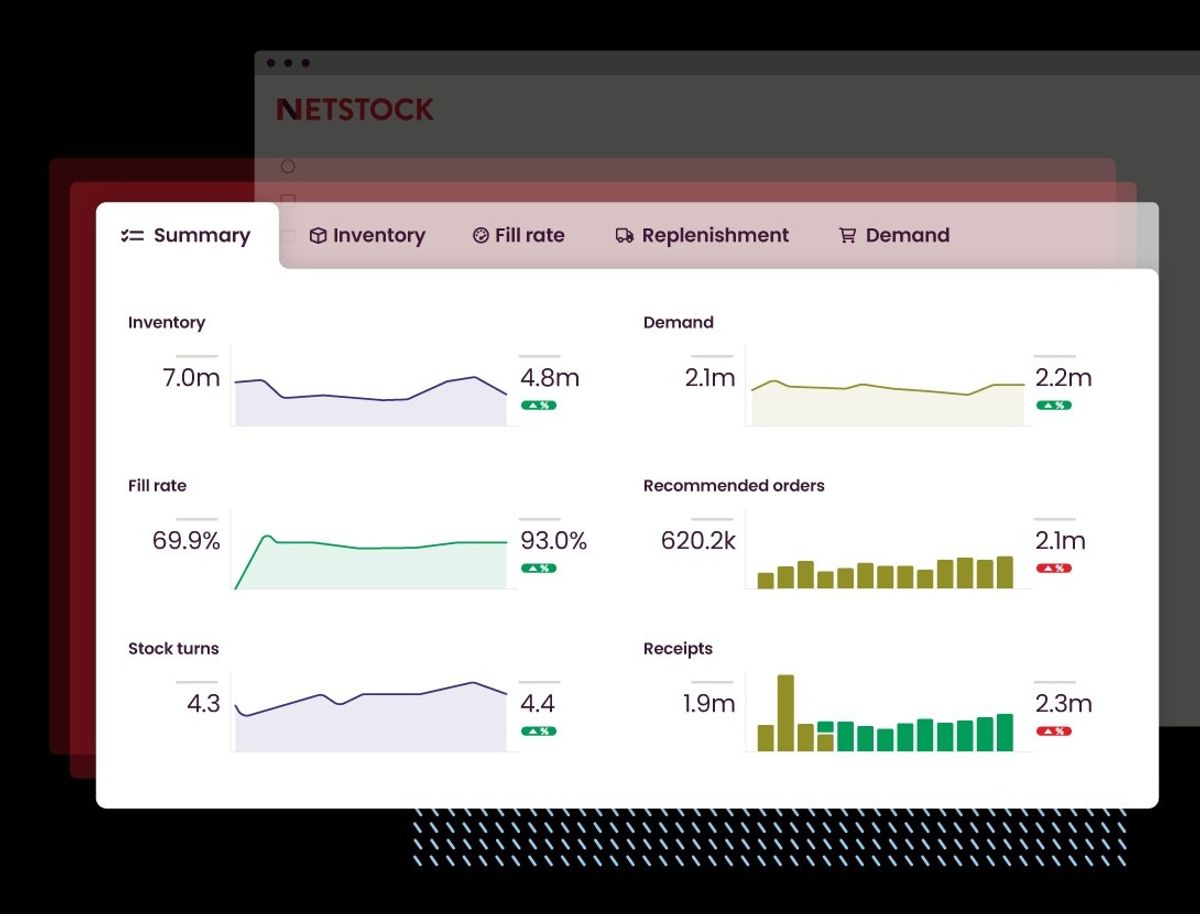Small and medium-sized businesses (SMBs) have held onto fewer goods this year, which is a promising sign of high inventory performance and meeting customer demands, according to market research from Netstock, a Boston-based provider of predictive supply chain planning software.
However, businesses are still struggling to get rid of slow-moving inventory, as nearly 80% of SMBs suffer from a combination of insufficient forward planning and being overstocked, Netstock said. Purchase orders steadily rose by 9% in early 2023, and skyrocketed ahead of the holiday shopping season for retail businesses to 16%. But businesses weren’t moving enough goods to keep up with the big stockpiles accumulated. By 2024, average inventory spending returned to a near identical pre-crisis level (less than 1% difference from 2023).
The conclusions come from Netstock’s “Inventory Management 2024 Benchmark Report,” which features insights from Netstock’s 2,400 global customers on the current state of inventory management.
Other findings included four main points:
- Only 23% of SMBs have invested in AI, saying they struggle with data integrity or security risks (23%) and inconsistent or inaccurate answers (20%).
- Long lead times (52%) and lead time variability (72%) are top challenges for SMBs, which make planning and optimizing inventory a difficult endeavor. The majority of SMBs struggling with lead time variability source their inventory from China (67%), more than from the U.S. (56%), Canada (21%) and Mexico (9%).
- American SMBs are shifting away from overseas supply and bringing production closer to home via nearshoring: Only 25% of U.S. respondents prefer offshore suppliers over domestic.
- The excess stock problem is growing, rising to an average of 38% of inventory. The issue is not exclusive to small businesses, though—large SMBs with over 500 employees saw overstocking rise from 40% to 44% of total inventory.
















